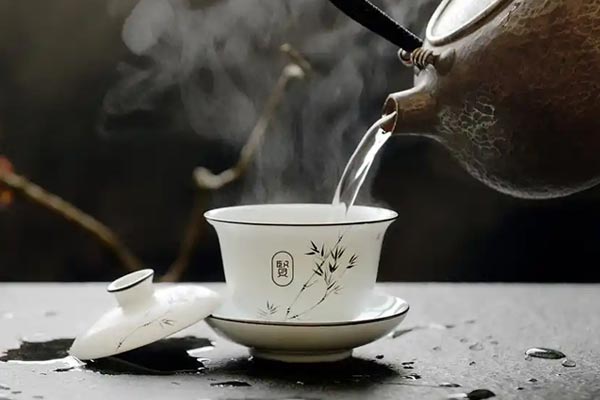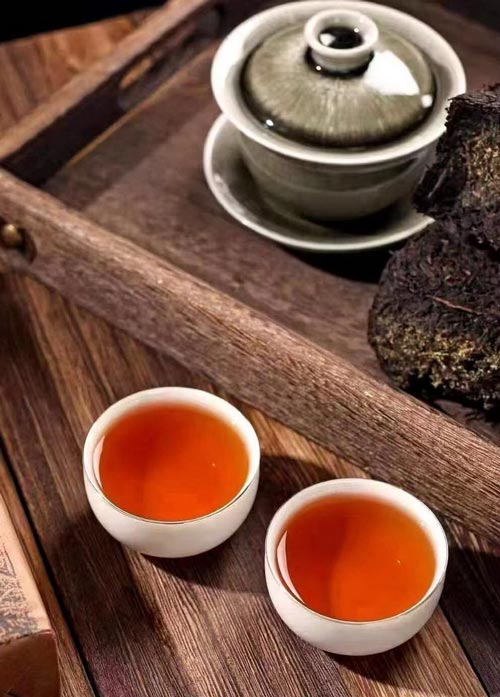
01. Bitterness and Astringency
Bitterness is a taste, astringency is a sensation. These sensations are caused by theophylline in tea leaves. Bitterness and astringency dissolve, resulting in a sweet aftertaste and the promotion of salivation.
02. Sweet Aftertaste
Sweet aftertaste is a positive evaluation of high-quality tea, referring to the gradual transformation of bitterness into sweetness in the mouth.
03. Saliva Production
After the coloring substance dissolves, the mouth secretes fluid. If the dissolution is delayed, salivation will not occur. This refers to the continued salivation after swallowing the tea.
04. Throat Rhythm
After tasting tea, observe the sensation in the throat, such as sweetness, moistness, or dryness.
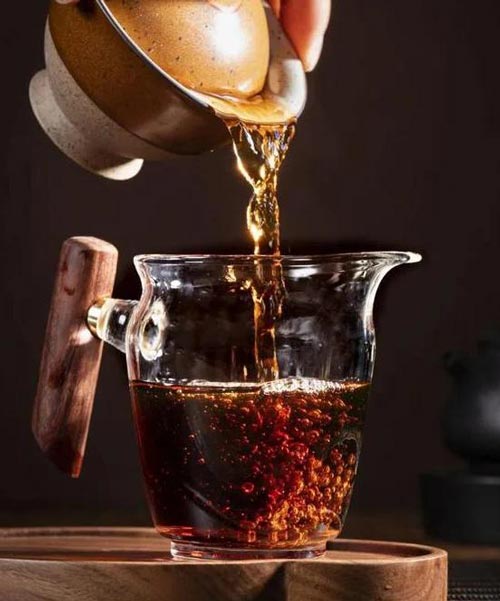
05. Throat Clogging
After tasting tea, the throat may experience discomfort, such as excessive dryness, difficulty swallowing, and constriction and fermentation.
06. Tea Nature
Specially refers to the stimulating taste of the tea after it enters the mouth, including its aroma and bitterness. It is often described as "strong" or "weak."
07. Heartiness
Refers to the sweet, mellow, and refreshing sensation produced by the tea after it glides down the throat. A good tea will have a pleasant aftertaste and smoothness.
08. Green Flavor
Caused by insufficient temperature or time for withering, it can produce a "green, fishy" flavor in severe cases.
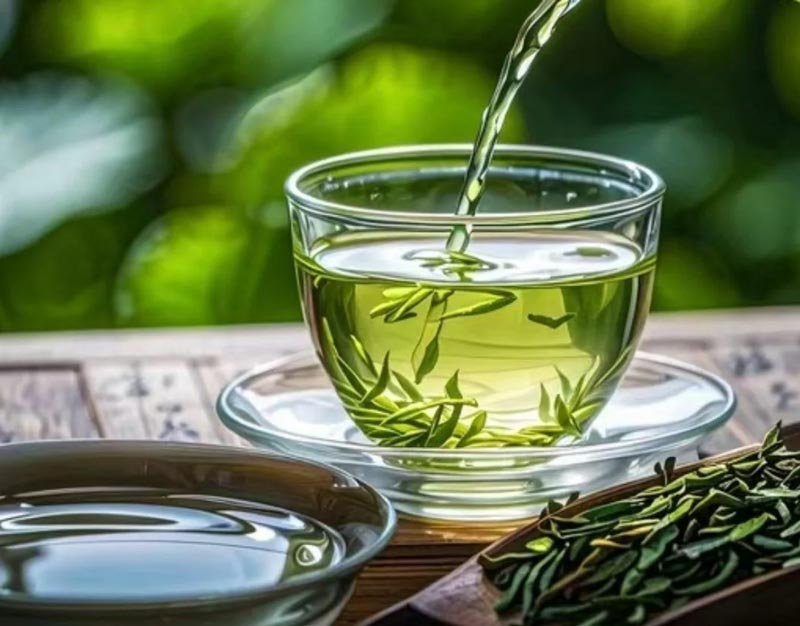
09. Aged Flavor
The beautiful aroma imparted by time to tea, often more noticeable in aged teas. Therefore, it is recommended to store new tea and drink aged tea.
10. Wateriness
Refers to the various sensations the tea imparts to the mouth, such as smooth, melting, lively, thick, thin, and sharp.
11. Fullness
The richness of the tea leaves creates a satisfying feeling in the mouth. White tea with a good fullness gives a full, rich feeling upon sipping.
12. Medicinal Aroma
A common characteristic of century-old teas is a strong medicinal aroma, often a high expression of the aroma of aged tea.
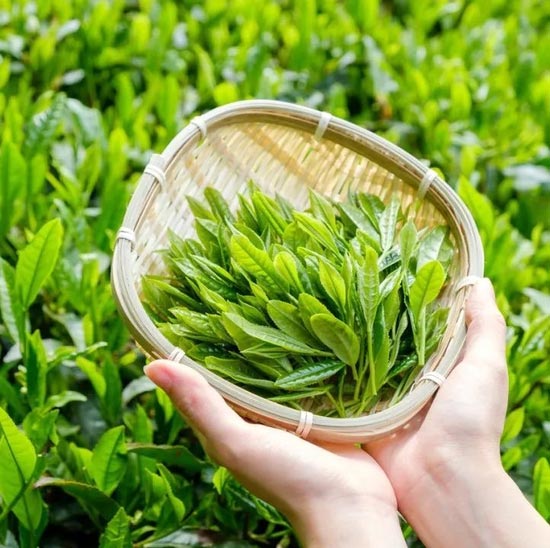
13. Layered Sense
Layer refers to the overlapping appearance of folds, while "secondary" refers to the order in which the tea's aroma and flavor transform in the mouth.
14. Smoky Note
Produced during artificial roasting, this is not a negative odor; it has a fire-like aroma. With aging, it evaporates and transforms into other aromas.
15. Astringency
The tightness felt on the tongue and in the mouth after tasting tea is often due to bitterness. The faster the bitterness disappears, the stronger the astringency.
16. Restrained Aroma
The aroma of tea is not overt; its fragrance lies within the heart. If you pay attention, it is present; if you don't, it is absent.
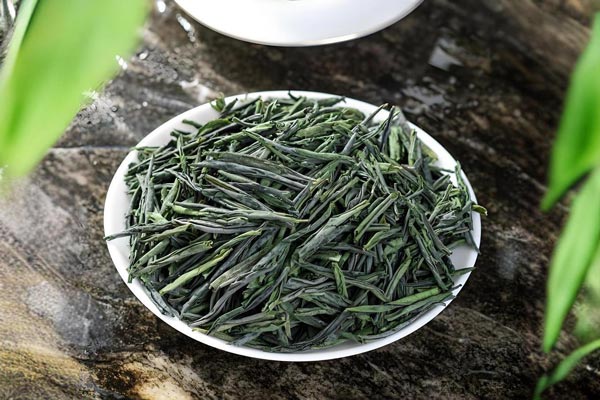
17. Melt-in-the-Mouth
Layer refers to the overlapping appearance of folds, while "secondary" refers to the order in which the tea's aroma and flavor transform in the mouth.
18. Tea and water separation
The tea soup flows naturally into your throat without you consciously swallowing. This is especially true for aged, fine teas.

%20--%3e%3c!DOCTYPE%20svg%20PUBLIC%20'-//W3C//DTD%20SVG%201.1//EN'%20'http://www.w3.org/Graphics/SVG/1.1/DTD/svg11.dtd'%3e%3csvg%20version='1.1'%20id='图层_1'%20xmlns='http://www.w3.org/2000/svg'%20xmlns:xlink='http://www.w3.org/1999/xlink'%20x='0px'%20y='0px'%20width='256px'%20height='256px'%20viewBox='0%200%20256%20256'%20enable-background='new%200%200%20256%20256'%20xml:space='preserve'%3e%3cpath%20fill='%23FFFFFF'%20d='M194.597,24.009h35.292l-77.094,88.082l90.697,119.881h-71.021l-55.607-72.668L53.229,232.01H17.92%20l82.469-94.227L13.349,24.009h72.813l50.286,66.45l58.148-66.469V24.009z%20M182.217,210.889h19.566L75.538,44.014H54.583%20L182.217,210.889z'/%3e%3c/svg%3e)



